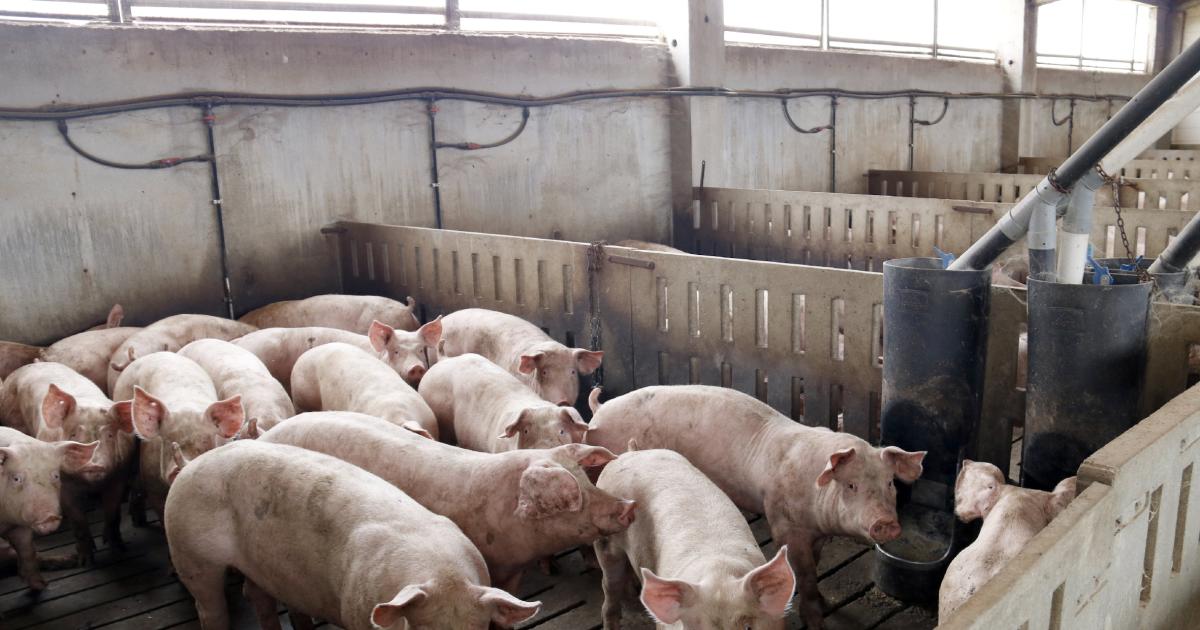They identified a case of swine flu in a farm worker in Lleida.

The European Center for Disease Prevention and Control (ECDC) reported a case of swine flu in a farm worker in Lleida, although no similar cases had been identified in the area yesterday, according to data yesterday. Vanguard. The contamination was reported to Spanish authorities on January 29 and published in the ECDC weekly bulletin. To date, only 73 cases of human infection with the A(H1N1) virus have been identified worldwide.
The patient does not have an underlying disease; symptoms of the disease (cough with mucopurulent sputum, fever, malaise, myalgia) appeared on November 25. An X-ray examination of the chest organs revealed no signs of pneumonia, and at an outpatient appointment the patient was diagnosed with bronchitis. Subsequent laboratory tests confirmed that it was swine influenza A(H1N1). ECDC said the patient has fully recovered and no new cases have been identified among close contacts to date. The Ministry of Health provides details of the case, which is considered closed because the patient is no longer being monitored. It happened on January 10, when Catalan health authorities reported a case of swine flu in a 33-year-old man working on a farm in Lleida.
Date of onset of symptoms: November 25th. On December 12, a sample of nasal and oropharyngeal exudate was taken, which turned out to be positive for influenza A, but the subtype could not be determined. It was sent to the regional reference laboratory and identified as a porcine virus. No secondary cases were identified either among close relatives or among nine agricultural workers. Things were developing favorably. The sample was sent for confirmation to the National Institute of Microbiology, the virus was isolated and transferred to the WHO Collaborating Center. As Maria Montoya, a researcher in the Viral Immunology Group at the Margarita Salas Center for Biological Studies (CIB-CSIC) explained and compiled by SMC, “this should not cause social alarm as long as we are vigilant about possible new “recombinant” viruses.” viruses or new viruses with mutations. This is why it is so important to be vigilant.